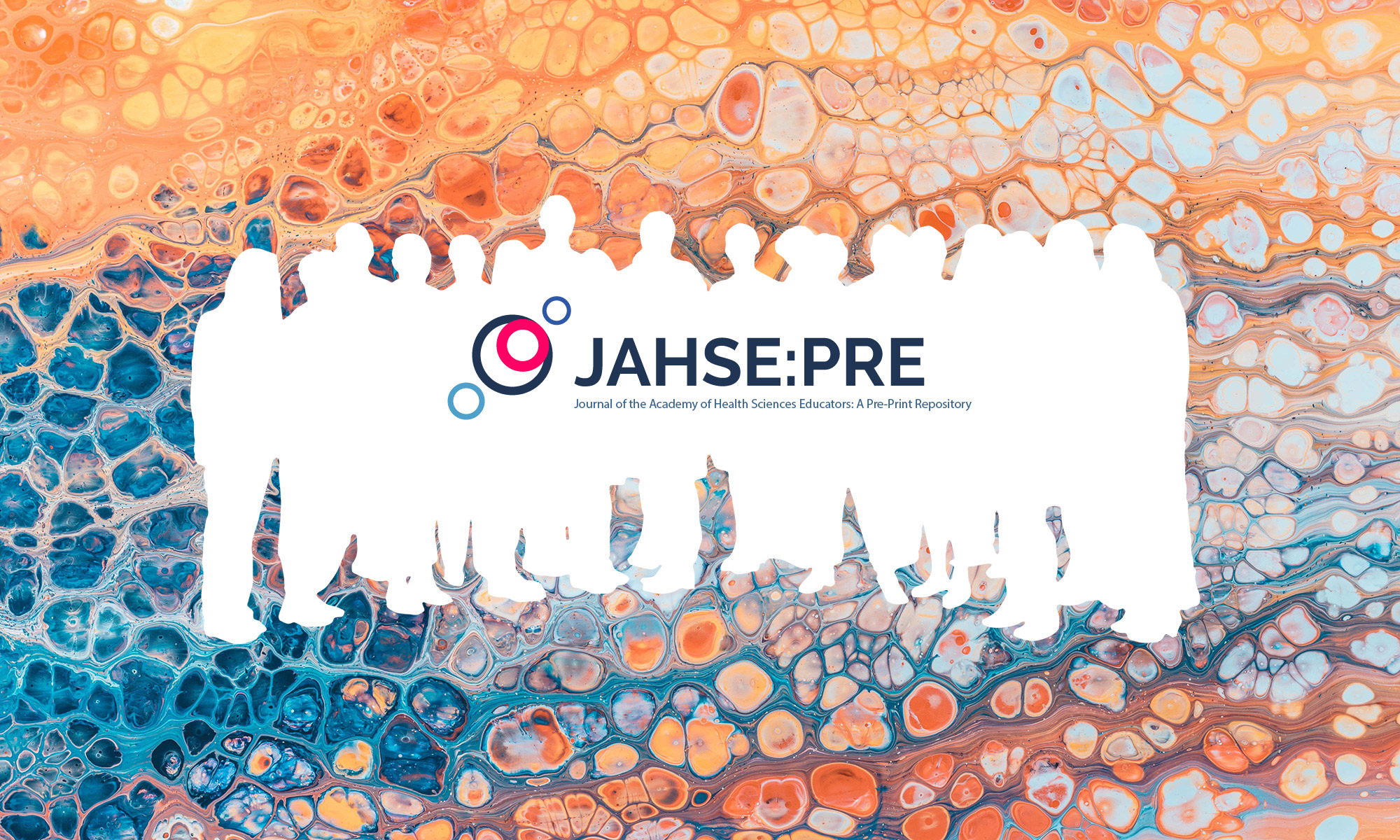Abstract
Objectives: 1.) Offer an educational experience for medical trainees and patients through Fourth Street Clinic’s (4SC) skin cancer screening (SCS) events 2.) Expand the Department of Dermatology’s free eConsult service to 4SC while educating providers on dermatological conditions
Background: Dermatologic care is limited in rural and urban-underserved areas, causing disparities in patient outcomes. 4SC serves persons experiencing homelessness and offers dermatologic care through SCS events and a monthly, student-led dermatology clinic. U of U Health launched a store-and-forward teledermatology eConsult program in 2019, to increase access to care, and they are educational for referring providers.
Design: Expansion was done via trainings and opt-in referrals. Data was collected via retrospective chart review. Results At the 2023 SCS, trainees screened 24 patients for skin cancer and educated patients on prevention (clothing, SPF) and surveillance (skin checks). Data from 2019-2023 indicates the population seen via eConsult is younger, more male, higher proportion Medicaid, and higher proportion underserved racial and ethnic minorities compared to general dermatology ambulatory visits.
Conclusions: The SCS is an opportunity for medical students and residents to learn about treating skin cancer in resource-limited settings and to educate patients vulnerable to skin cancer. The eConsult service expansion increases underserved populations’ access to dermatologic care.
References
- Glazer, A et al. Analysis of Trends in Geographic Distribution of US Dermatology Workforce Density JAMA Dermatol. 2017 May; 153(5): 472–473.
- Buster KJ, Stevens EI, Elmets CA. Dermatologic health disparities. Dermatol Clin. 2012 Jan;30(1):53-9, viii. doi: 10.1016/j.det.2011.08.002. PMID: 22117867; PMCID: PMC3742002.
- Resneck JS Jr, Isenstein A, Kimball AB. Few Medicaid and uninsured patients are accessing dermatologists. J Am Acad Dermatol. 2006 Dec;55(6):1084-8. doi: 10.1016/j.jaad.2006.07.012. Epub 2006 Sep 6. PMID: 17097404.
- Wang RH, Barbieri JS, Nguyen HP, Stavert R, Forman HP, Bolognia JL, Kovarik CL; Group for Research of Policy Dynamics in Dermatology. Clinical effectiveness and cost-effectiveness of teledermatology: Where are we now, and what are the barriers to adoption? J Am Acad Dermatol. 2020 Jul;83(1):299-307. doi: 10.1016/j.jaad.2020.01.065. Epub 2020 Feb 5. PMID: 32035106; PMCID: PMC7302990.
- Wang RF, Trinidad J, Lawrence J, Pootrakul L, Forrest LA, Goist K, Levine E, Nair S, Rizer M, Thomas A, Wexler R, Kaffenberger BH. Improved patient access and outcomes with the integration of an eConsult program (teledermatology) within a large academic medical center. J Am Acad Dermatol. 2020 Dec;83(6):1633-1638. doi: 10.1016/j.jaad.2019.10.053. Epub 2019 Oct 31. PMID: 31678336.
Return to Table of Contents: 2024 Core Educator Education Scholarship Retreat
Increasing Underserved Populations’ Access to Dermatological Care: Fourth Street Clinic’s Skin Cancer Screening and Expanding the University of Utah Health Dermatology eConsult Service by Adriene Pavek, Emma Singleton, Jordan Bormann, MD & Bethany K. H. Lewis, MD, MPH